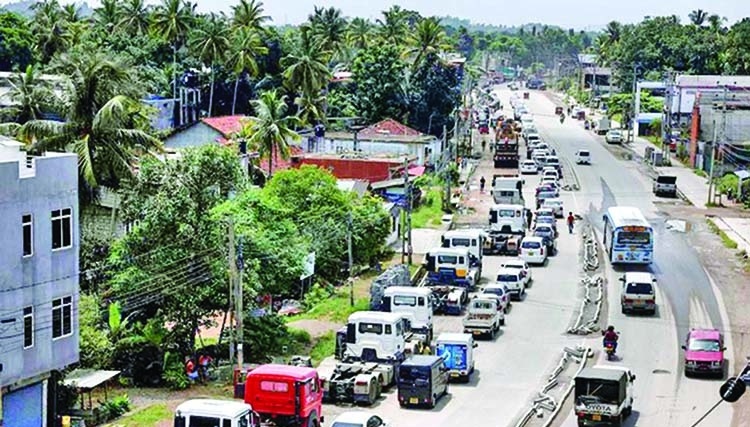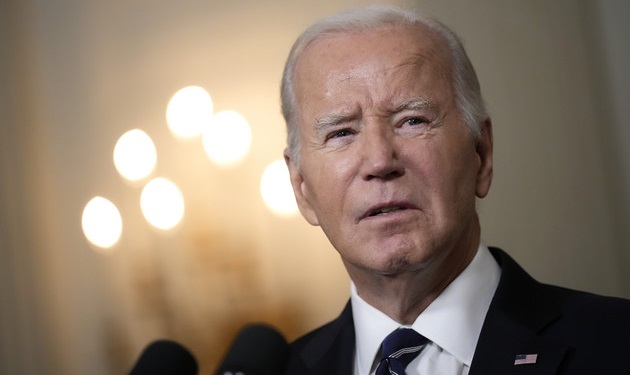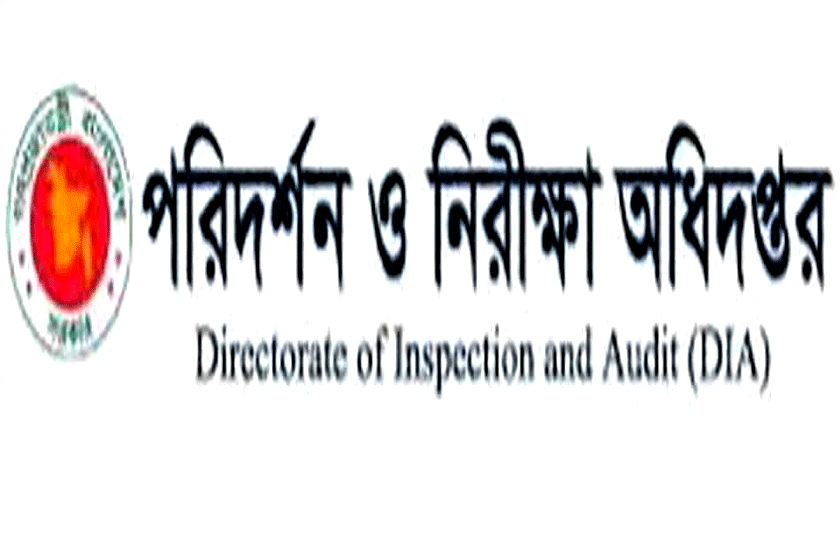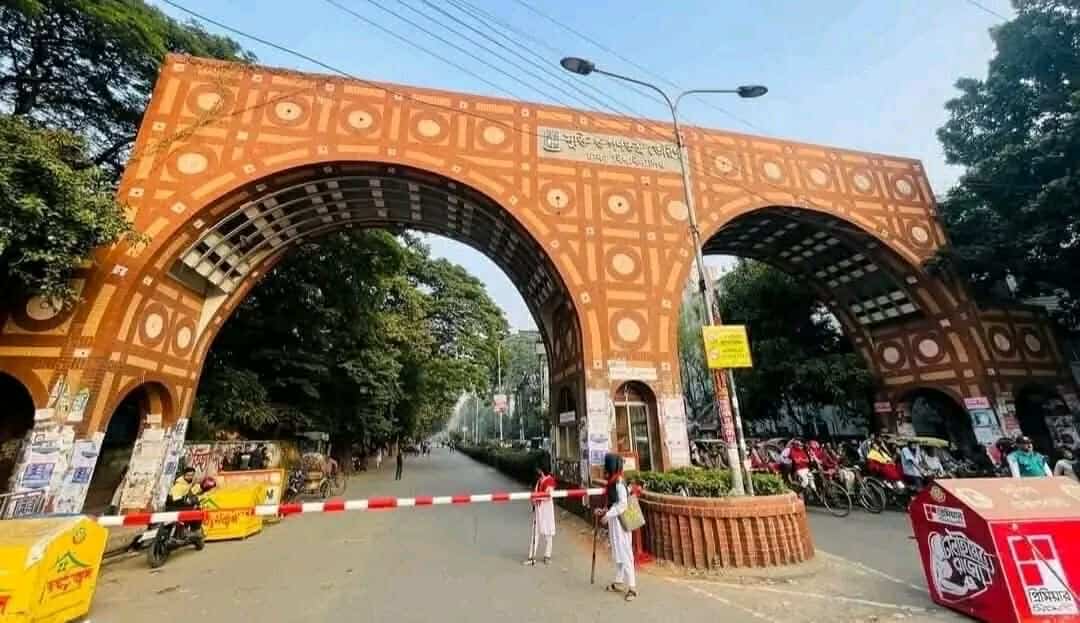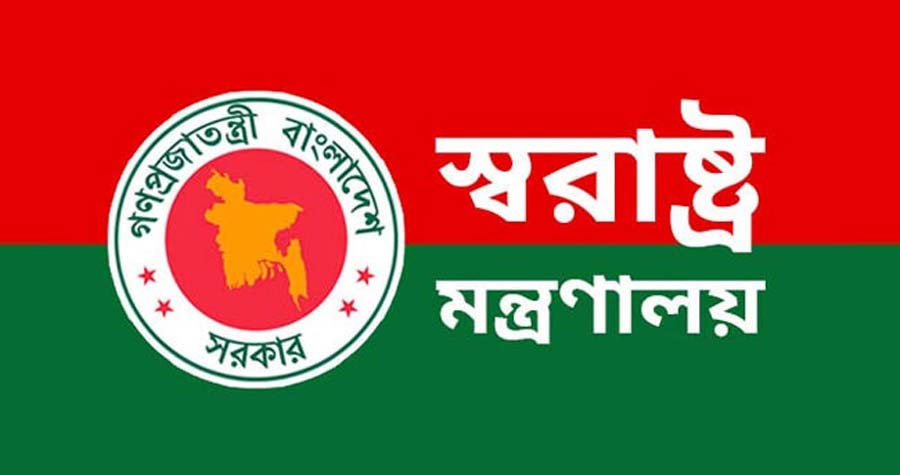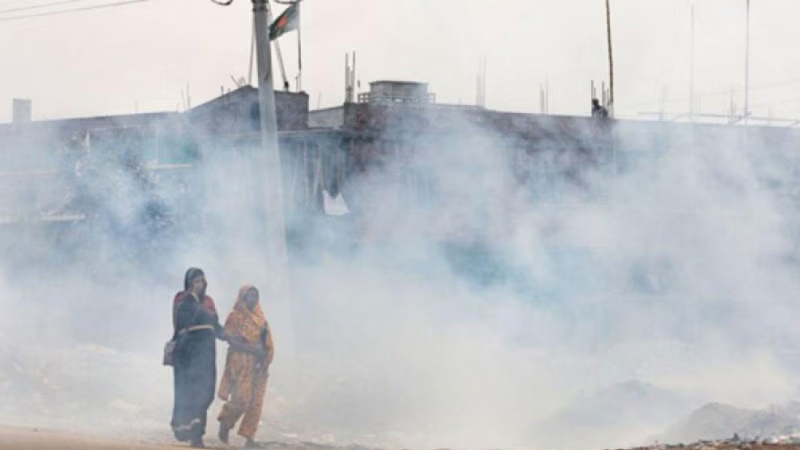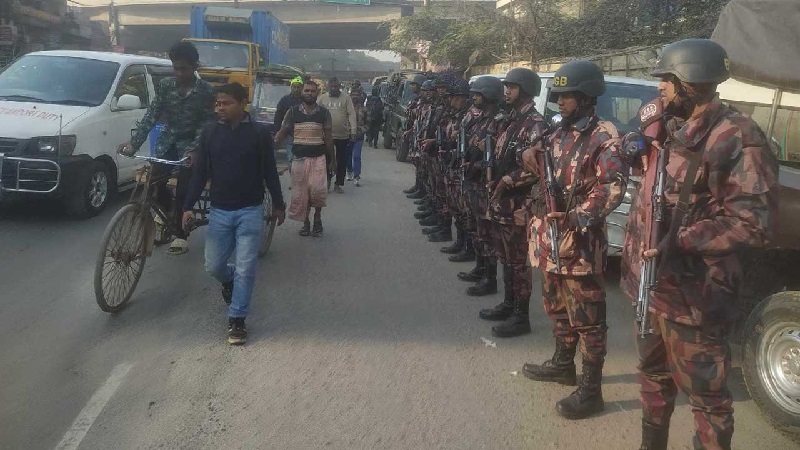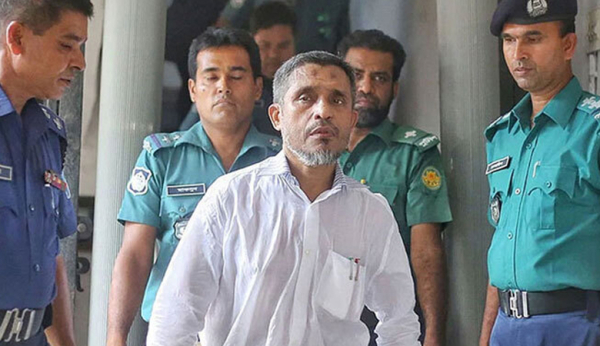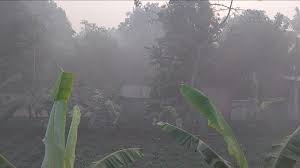Sri Lanka's economy contracted 1.6% in the January to March quarter versus the same period a year earlier, data showed on Tuesday, and is expected to shrink even more in the current quarter amid the nation's worst financial crisis in decades.
A severe dollar shortage has left the island fighting to pay for essential imports including food, fuel, fertilizer and medicine, Reuters reports.
The state-run Census and Statistics Department said inflation, currency devaluation and low foreign exchange reserves were the main causes of the contraction.
Agriculture shrank by 6.8% and industries by 4.7% while services expanded 0.7%, compared to the same period a year ago."The shortage of chemical fertilizers during this period had a severe impact on agriculture production, especially the production of rice," the statement said.For the agriculture sector, the fall was the steepest since 2015, it said.
Sri Lanka's economy expanded by 4% in the same quarter a year ago and saw full-year growth of 3.3% in 2021, rebased data showed.
"We expected this level of impact to come in the second quarter because the fuel crisis was not as bad earlier this year but manufacturing has been seriously hit," Lakshini Fernando, macro-economist at Colombo-based investment firm Asia Securities, said.
Second quarter growth could contract by as much as 5%, two analysts told Reuters, given higher inflation and political uncertainity in April and May.
The country is potentially days away from running out of fuel and has been unable to procure a fresh shipment to date.
On Sunday, Sri Lanka hiked fuel prices by 12%-22%, the second increase in as many months, and may raise power tariffs by 57%, which will add to inflation that is already at a record 45.3%.
A team from the International Monetary Fund (IMF) arrived in Sri Lanka last week for talks on a potential $3 billion bailout package. The island is hoping to reach a staff-level agreement by end June but this is unlikely to unlock immediate funds.


